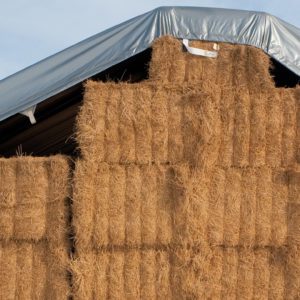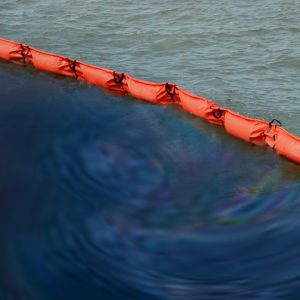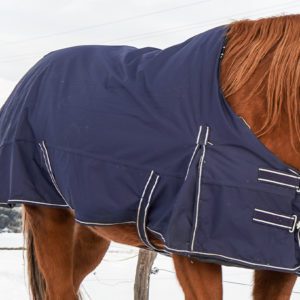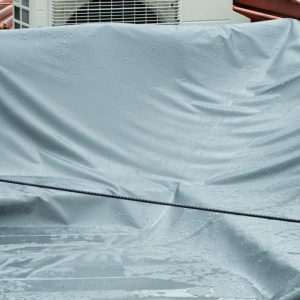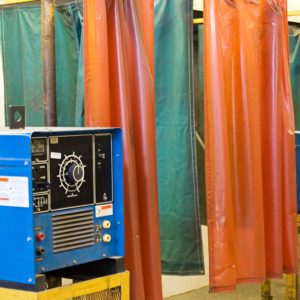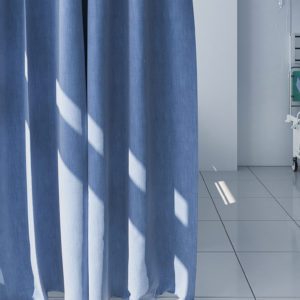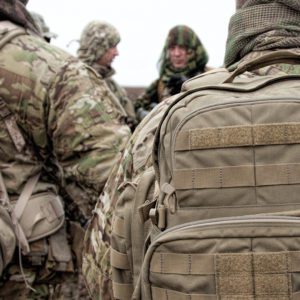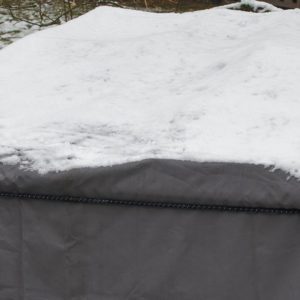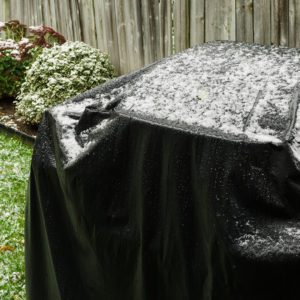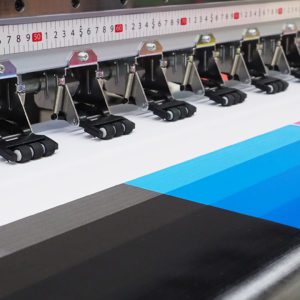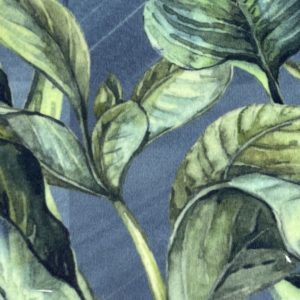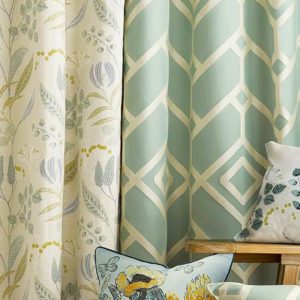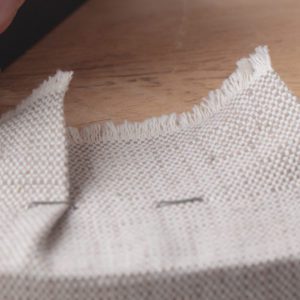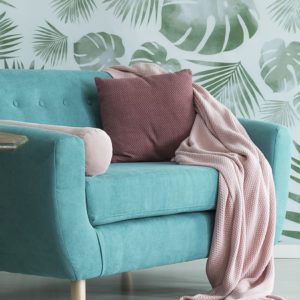Overview
Cotton dyeing and finishing features various types of dyes, pigment applications, and finishes that all play integral roles in fabric production. After the prepared for dye (PFD) processes, the cotton fabric is ready for dyeing and finishing. In this article, we’ll lay a solid foundation for your understanding in the most common dyeing and finishing processes so you’ll understand why specific dyes and production methods make or break the final fabric.
Dyes & Pigments for Cotton
Reactive Dyes
Reactive dyes have the best color-to-washfastness and are the superior dying option for cotton apparel. These colors don’t break down easily, so avoid reactive dyes if you’re after that washed down vintage look.
Direct Dyes
Direct dyes have good color-to-lightfastness and are known for fading on tone to create a popular vintage look. Direct dyes are commonly used for cotton garment dyeing and draperies.
Vat Dyes
Vat dyes have impressive color-to-lightfastness and offer the best results for cotton and rayon outdoor projects. Most vat dyes are done on a continuous dye range, so we recommend this option for high quantities in order to make a profit.
Pigments
Pigments have superior color-to-lightfastness. These versatile options can be used with cottons and all blends. Pigments can be applied to fabric through several methods, including the traditional pad batch system which pads the pigments on both sides of the fabric. Pigments can also be applied through rotary and flatbed printing and with digital pigment printers.
Fun Fact: Today, most fabric is printed using pigments rather than dyes.
Now, you may be asking, what’s the difference between cotton dyes and pigments?
Aside from chemical differences, the main difference between cotton dyes and pigments is that dyes fully penetrate the fabric while pigments sit on the surface of the fabric.
Finishing
There are numerous cotton finishes that can be applied to fabric that alter the hand, increase durability, and even repel water. We’ll dive into some of the most important finishes in future articles. For now, we’ll focus on one cotton finish feature: shrinkage. Suffice it to say that preventing shrinkage is of the utmost importance.
Preventing Shrinkage
There are many ways to prevent shrinkage mechanically and chemically. TVF focuses on mechanical shrinkage that won’t harm you or the fabric using methods including tumbling and permanent press.
Why is preventing shrinkage important?
It’s simple, nobody likes buying clothes that dramatically shrink after the first wash. Aside from cotton fabric shrinking after the first wash, if it’s sewn, as all clothes are, the garment is at risk of skewing. Not only will the fit be off from your original pattern, you’ll likely have some unhappy customers.
Summary
Each cotton dyeing and pigment type uniquely impacts the fabric. That’s why it’s critical to understand reactive, direct, vat, and pigment options. If you are in search of a fabric with superior color-to-lightfastness, reactive dyes will be out of the question. Likewise, if you are interested in a short run, forget about vat dyes and try pigments or direct dyes. Furthermore, if you or your customer plans on sewing, mechanically preshrunk fabric ensures top-notch results.
